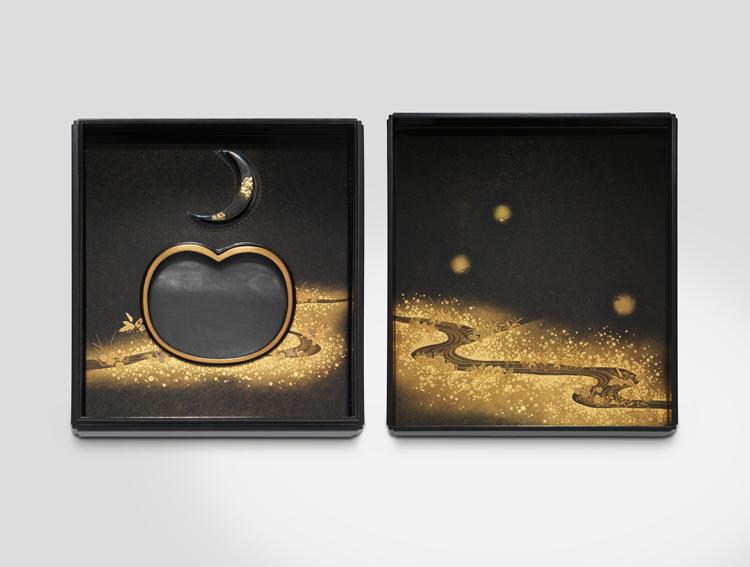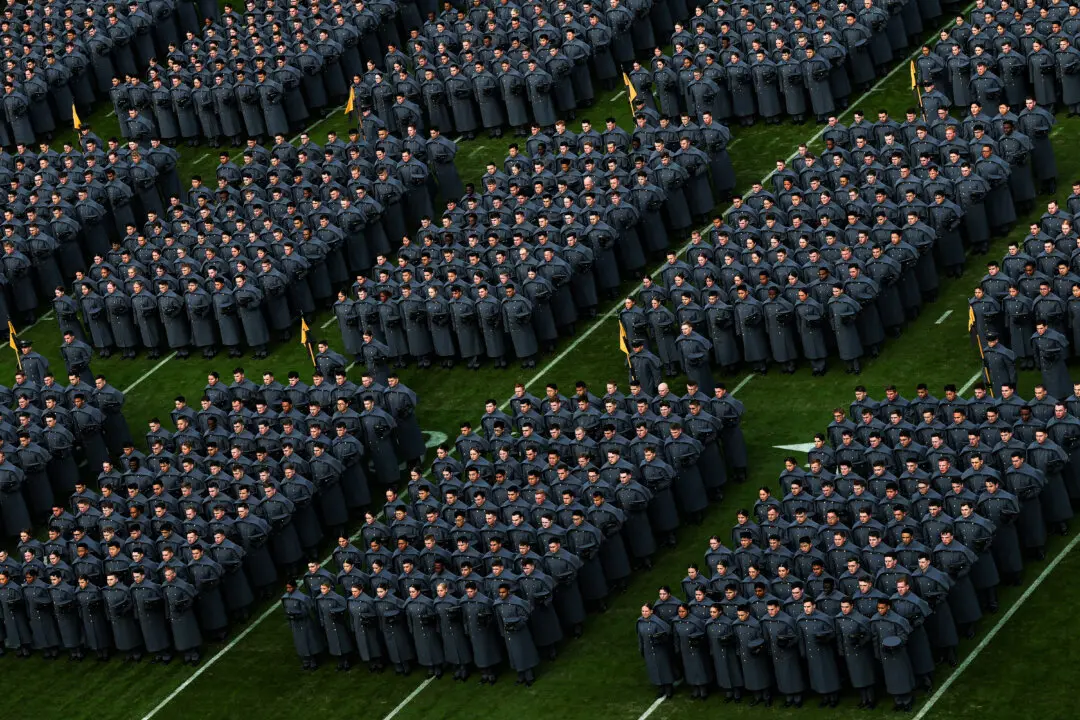Lesley J. Kehoe is recognized as one of the leading specialist Japanese Art dealers in the world. Fluent in Japanese, Lesley has provided consultant services at the senior level for major Australian and Japanese corporations and projects, and has held academic positions at major Melbourne tertiary institutions. She regularly lectures and writes about Japanese art.
What got you into the industry?
Lesley J. Kehoe: Japan had been an interest of mine since high school and an academic career was on the horizon until the reality of parenthood. Initially the art world offered a temporary means of keeping the mind active. Little did I expect or plan for a lifelong career. The art world has provided the intellectual stimulation of academia, the romance of exotic and beautiful objects, the thrill of the search for the rare, the satisfaction of assisting in the careers of emerging artists, and the irreplaceable pleasure of friendships across the world founded on a mutual love of art and fascination with Japan.
Are people moving toward contemporary art?
Ms. Kehoe: Art history theory and speculative investing aside, reflection will show that the distinction between contemporary and traditional is a subjective concept relative to one’s place in time. While this might seem trite and obvious, people have always purchased and collected contemporary art, [and] each age has supported the art of its times. There is certainly growing interest in contemporary art and its complementarity with the traditional. After all, what is perceived and appreciated is the aesthetic of the works and this aesthetic reaches across time and culture. I see contemporary art aficionados making sure that the culture and art of their times is secured for the future, the traditional of tomorrow.
How do you select your featured works of art?
Ms. Kehoe: Our curatorial philosophy is based on concept, mastery, originality, and technique and most importantly of all, the ‘”x factor” that causes the heart to stop beating for a moment in recognition of that something extra. It’s not about commercial marketability, meeting (or creating) a current fad—it’s about the acknowledgement of beauty and creativity that transcend the everyday. In this respect for material and the self-discipline of mastery of craft is an important component, one that I see as lacking in Western art compared with Asian art—a rash generalization, I know!
What unique elements do you bring from Melbourne that aren’t found in New York City?
Ms. Kehoe: You mean apart from our charming accents? The artists Lesley Kehoe Galleries present at this year’s Asia Week are exclusive. Their work is not found in New York City. In fact, from distant Melbourne, Lesley Kehoe Galleries has established international profiles for both artists, placing their work in American museums as well as private collections.
What is your advice to someone new to the Japanese art world who is interested in collecting?
Ms. Kehoe: I believe the most important part of any pursuit of art is passion. So my first word of advice is to follow your heart. If it races and you get excited, don’t be put off by what might be perceived as an alien culture, a language that you may not understand, text, read marks, and signatures that might be indecipherable. After all, a signature can be faked, [but] talent and creativity usually not.
Right now the yen is weakening, Japanese art is secondary to Chinese art in the speculation stakes, and it’s a great time to buy. In the world of contemporary works, I believe the Japanese are way ahead of the game and there are huge opportunities to build great collections or just purchase some beautiful works to enhance your living environment.






